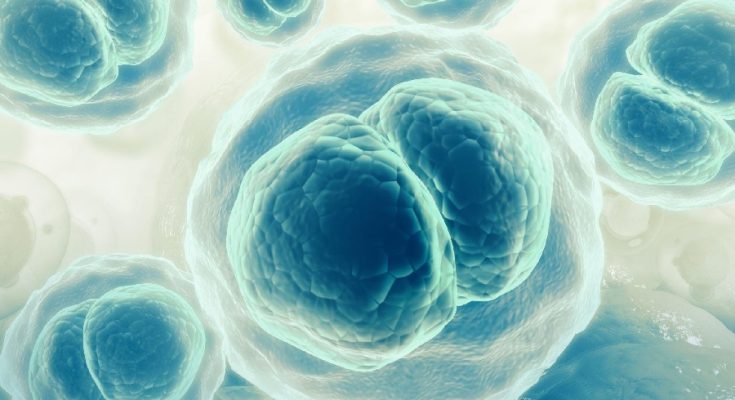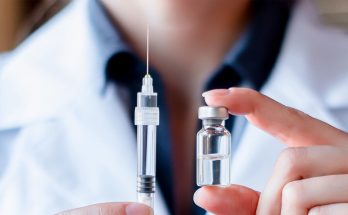With advances in regenerative medicine, scientists have been attempting to use stem cells in people of all ages. Scientists have now understood the potential of stem cells.
To save many lives, almost 40,000 transplants were carried out globally. You can find an FDA-approved list of disorders that stem cells have been shown to be effective in treating.
Stem cell therapy has been authorised for a number of fatal illnesses, including cancer and sickle-cell anaemia. Medical practitioners are now examining stem cells to treat various conditions as an alternative to medications and invasive treatment.
What are stem cells?
The “blank slates” of the cell world are stem cells. Stem cells are essential for treating a variety of chronic medical diseases because, unlike other cells that are specialised, they can differentiate into many different types of cells.
The ability of stem cells to differentiate (transform) into various types of cells is referred to as pluripotency.
Early stem cell research removed embryonic stem cells out of donated embryos. But these days, medical researchers may take all these cells from bone marrow and adipose tissue too.
Your body’s cells are taken out for stem cell therapy, cleaned up, and then reinjected back into your body. Once in your bloodstream, the cells travel to the locations of harm and grow into the new tissue your body requires to mend and repair itself.

Image Credit: https://www.istockphoto.com/vector/human-or-animal-cells-on-blue-background-medicine-scientific-concept-gm640020528-115697871?phrase=Stem%2BCells
Stem cells are taken out of your fat or bone marrow and processed during stem cell therapy. After that, it is injected back into your body in a quick therapy that just takes a few minutes. Once mending has occurred and cells have transformed into new ones, most patients begin to see positive results within a few weeks.
The complete list of FDA-approved treatments by using stem cell therapy are as follows:
Leukemias
- Acute Lymphoblastic Leukemia
- Acute Myelogenous Leukemia
- Acute Biphenotypic Leukemia
- Acute Lymphoblastic Leukemia
- Acute Undifferentiated Leukemia
- Acute Myelogenous Leukemia (AML)
- Chronic Lymphocytic Leukemia
- Juvenile Chronic Myelogenous Leukemia
- Refractory Anemia
- Refractory Anemia with Excess Blasts
- Juvenile Myelomonocytic Leukemia
- Chronic Myelomonocytic Leukemia
Lymphomas/Malignancies
- Hodgkin’s Lymphoma
Solid Tumors/Malignancies
- Medulloblastoma
- Neuroblastoma
- Retinoblastoma
Anaemias
- Aplastic Anaemia
- Congenital Dyserythropoietic Anaemia
- Paroxysmal Nocturnal Hemoglobinuria
- Fanconi Anemia
Blood Disorders/Inherited Red Cell Abnormalities
- Pure Red Cell Aplasia
- Beta Thalassemia Major (Cooley’s Anaemia)
- Blackfan-DiamondAnaemia
- Sickle Cell Disease
Inherited Platelet Abnormalities
- Congenital and Glanzmann Thrombasthenia
Immunodeficiencies or Inherited Immune Disorders
- SCID (ADA-SCID)
- SCID (X-linked)
- SCID with nonappearance of normal B and T cells
- Kostmann Syndrome
- Omenn Syndrome
- Bare Lymphocyte Syndrome
- DiGeorge Syndrome
- Ataxia-Telangiectasia
- Common Variable Immunodeficiency
- Lymphoproliferative Disorders
- Wiskott-Aldrich Syndrome
- Essential Thrombocythemia
- Leukocyte Adhesion Deficiency
- Acute Myelofibrosis
- Myeloproliferative disorders
- Agnogenic Myeloid Metaplasia
- Polycythemia Vera
Phagocyte Disorders
- Chediak-Higashi Syndrome
- Chronic Granulomatous Disease
- Neutrophil Actin Deficiency
- Reticular Dysgenesis
Inherited Immune and Other System Disorders
- Pearson’s Syndrome
- Gunther’s Disease
- Hermansky-Pudlak Syndrome
- Systemic Mastocytosis
- Shwachman-Diamond Syndrome
Bone Marrow Cancers or Malignancies
- Plasma Cell Leukemia
- Multiple Myeloma
- Waldenstrom’s Macroglobulinemia
Inherited Metabolic Disorders
- Hurler’s Syndrome
- Mucopolysaccharidoses
- Scheie Syndrome
- Sanfilippo Syndrome
- Hunter’s Syndrome
- Morquio Syndrome
- Maroteaux-Lamy Syndrome
- Sly Syndrome
- Mucolipidosis II
- Adrenoleukodystrophy
- Metachromatic Leukodystrophy
- Krabbe Disease
- Metachromatic Leukodystrophy
- Gaucher Disease
- Pelizaeus-Merzbacher Disease
- Sandhoff Disease
- Niemann-Pick Disease
- Tay-Sachs Disease
- Lesch-Nyhan Syndrome
- Wolman Disease
- Osteopetrosis



